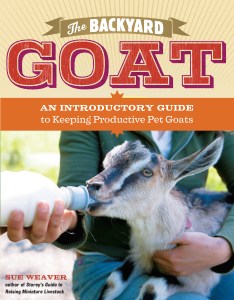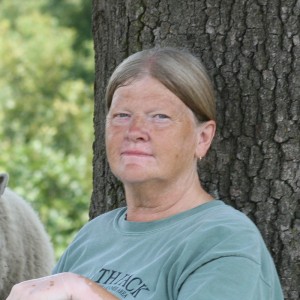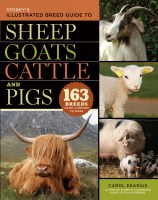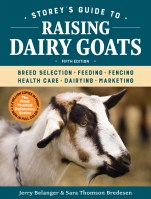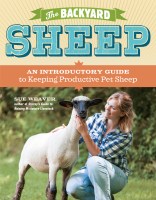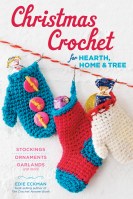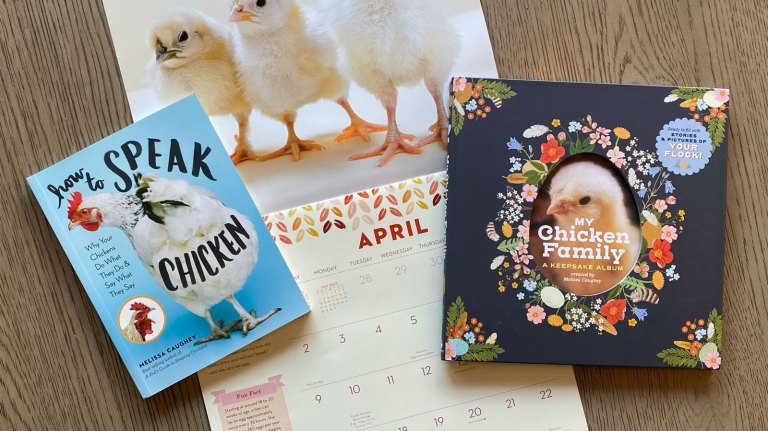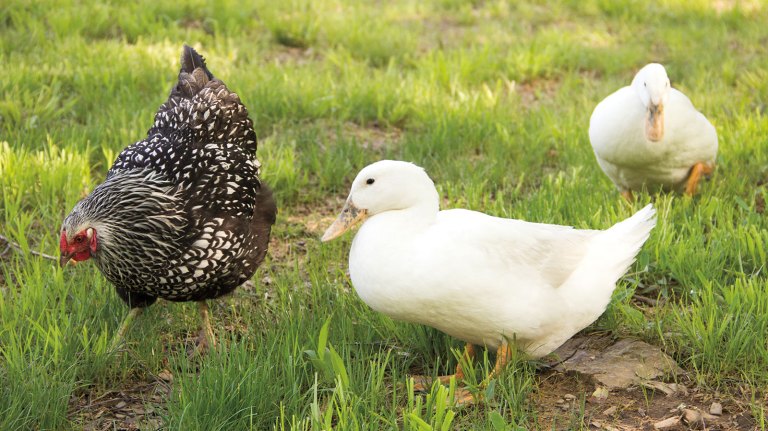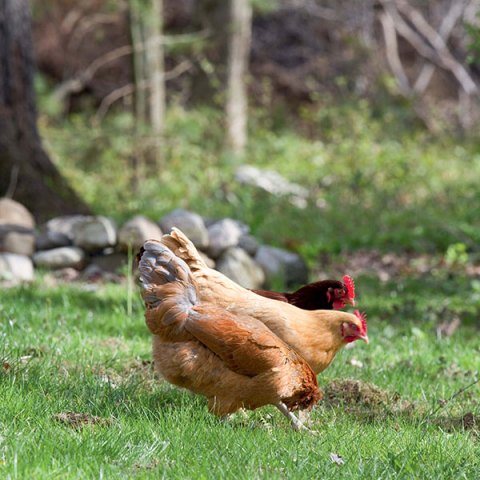The Yule Goat
The Yule Goat is a Scandinavian symbol and — much to the delight of goat-lovers like author Sue Weaver — is as much a part of Christmas tradition as Santa Claus.
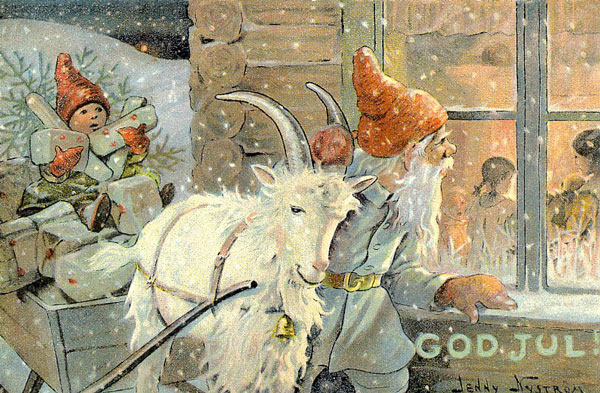
“What’s this straw thing in your tree?” he asked me. “Looks like a goat.” I was surprised for an instant, but why should he know? The julbock is a northern tradition.
Our julbock
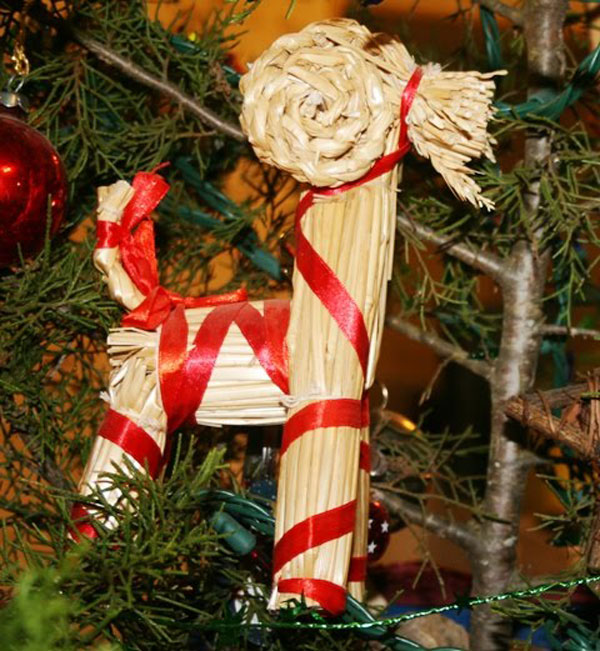
The Yule goat emigrated from Scandinavia with settlers who flocked to our northern states in the late nineteenth and early twentieth centuries. There, and in Sweden, Norway, and Finland, the Yule goat is as much a part of Christmas tradition as Santa Claus or Frosty the Snowman.
Variously known as a julbock (Sweden), julebukk (Norway), or olkipukki (Finland), today’s Yule goat Christmas decoration is plaited of straw and tied with red ribbons. Yule goats range in size from tiny ones to tie on the Christmas tree to immense versions like Sweden’s Gävle goat erected each Christmas season in Castle Square in Gävle, the oldest city in Sweden’s historic Norrland.
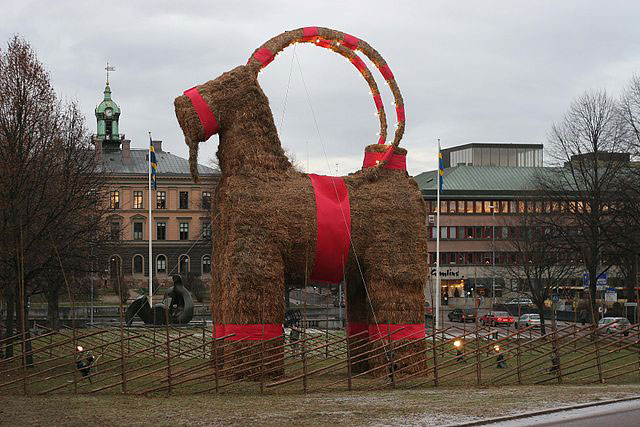
According to the Guinness Book of World Records, at 49 feet tall to the upper curve of its horns, the 1993 version of the Gävle goat holds the record for the world’s largest straw goat. Constructed of natural straw over a wooden armature, the Gävle goat, known in Swedish as the Julbocken I Gävle or the Gävlebocken, resembles an everyday straw julbock except for its mammoth size. A group of local businessmen known as the Southern Merchants subsidized the construction of the first, 42-foot Gävle goat in 1966; at the stroke of midnight on New Year’s Eve, persons unknown burned it down. Building and burning Gävle goats has continued unabated since then, with 79 goats erected (including smaller goats built by students from the Natural Science Club of the School of Vasa, as well as Southern Merchants’ and students’ goats rebuilt after originals were destroyed) and 39 burned down or vandalized. So many Gävle goats have gone up in smoke that British bookmakers take bets on each new goat’s destiny. Several Webcams watch over the big goat day and night; you can watch, too!
The Yule goat’s origin is lost in the mists of time, though it likely dates back at least one thousand years, when it was associated with the he-goats Tanngrisnir (“Gap-tooth”) and Tanngnjóstr (“Tooth-grinder”), who pulled Thor’s chariot and provided food for the god and his friends (Thor frequently slaughtered and ate Tanngrisnir and Tanngnjóstr, knowing they’d be returned to life the following morning).
In Sweden, as part of an ancient midwinter celebration called the juleoffer (“Yule sacrifice”), a man dressed in goatskins and carrying a goat-head effigy portrayed one of Thor’s goats. He was symbolically killed but returned to life exactly as the sun does at Yule. Early Christian fathers, however, were not pleased with this pagan spectacle and proclaimed the julbock (“Yule goat”) a demon.
Seventeenth-century Swedish records tell us that the dark and scary demonic julbock roamed the countryside on the night of December 25, demanding food and frightening devout Christians.
Eventually, the Yule goat became a benevolent being, and people dressed as the Christmas julbock traveled door to door distributing small gifts to the families they visited.
In time the role of holiday gift giving passed to gnomelike, goat-riding Christmas elves called tomten (Sweden), nissen (Norway), and tonttu (Finland), who delivered gifts to sleeping children like Santa does today.
Turn-of-the-century Scandinavian artists such as Jenny Nyström kept these traditions alive through hundreds of charming Christmas cards depicting elven gift givers and their goaty friends. Nowadays Yule goats adorn all things Christmas in Scandinavia; Åbro Bryggeri brewery in Vimmerby, Sweden, even produces Åbro Julbock Christmas beer!

In Norway (and in some Norwegian communities here as well), children “go julebukk” by wearing costumes and singing carols outside the homes of family friends, where they’re rewarded with sweets and small gifts. And although we don’t take our goat “children” caroling (or at least we haven’t done it so far), we do incorporate them into our holiday festivities. Martok, our Nubian buck, who blogs at Hobby Farms Online, writes about being a goat at Christmastime in this fun post. He also posed for this year’s Christmas card pictures (“julbock wears a wreath”) earlier this week.
Martok, our Nubian buck, wears a wreath.
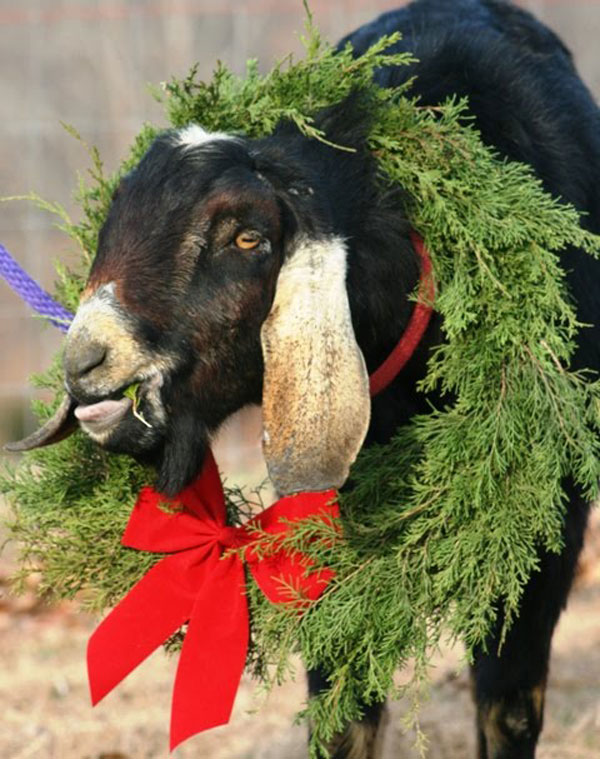
But the neatest Christmas goat of my holiday season won’t arrive until early next year. My present from John this year is a baby Nubian buckling of impeccable breeding due to be born about January 8. I’m getting a brand-new, living julbock this Christmas — and I can hardly wait!
Text © Sue Weaver.
